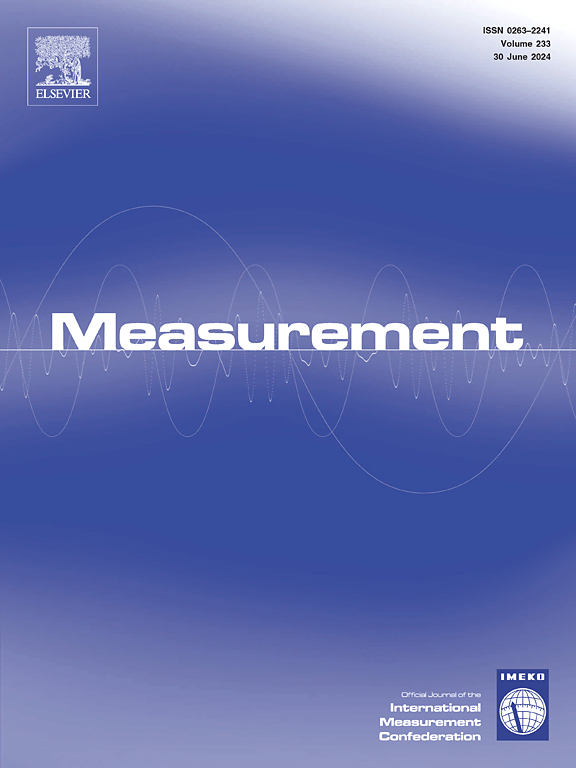A composite evaluation method of sub-micro newton thrust in 0.1 mHz to 10 Hz ultra-wide frequency range for TianQin
IF 5.2
2区 工程技术
Q1 ENGINEERING, MULTIDISCIPLINARY
引用次数: 0
Abstract
Space-based gravitational wave detection requires inertial reference with a residual acceleration noise below , achieved by constructing high-precision drag-free satellites. Sub-micro Newton thrusters serve as actuation mechanisms for high-precision drag-free control to counteract external non-conservative forces on spacecraft. Pre-launch performance test and evaluation on the ground are crucial. However, achieving sub-micro Newton thrust noise in the frequency range of 0.1 mHz to 1 Hz, along with a rapid thrust response of 10 Hz, presents significant challenges for high-precision ground testing and evaluation. In this study, a unified method for weak force calibration evaluation will be established using electrostatic force, combining high resolution torsion pendulum and wide frequency range pendant pendulum test setups. Dynamic transfer function calibration of the two systems will be conducted in different frequency ranges. Ultimately, through composite testing and unified calibration of the two thrust testing systems, the ability to evaluate thrust noise at 0.1 N in the ultra-wide range of 10 Hz is achieved. It will provide technical support to the ground micro-thrust testing for space-based gravitational wave detection as TianQin.
求助全文
约1分钟内获得全文
求助全文
来源期刊

Measurement
工程技术-工程:综合
CiteScore
10.20
自引率
12.50%
发文量
1589
审稿时长
12.1 months
期刊介绍:
Contributions are invited on novel achievements in all fields of measurement and instrumentation science and technology. Authors are encouraged to submit novel material, whose ultimate goal is an advancement in the state of the art of: measurement and metrology fundamentals, sensors, measurement instruments, measurement and estimation techniques, measurement data processing and fusion algorithms, evaluation procedures and methodologies for plants and industrial processes, performance analysis of systems, processes and algorithms, mathematical models for measurement-oriented purposes, distributed measurement systems in a connected world.
 求助内容:
求助内容: 应助结果提醒方式:
应助结果提醒方式:


